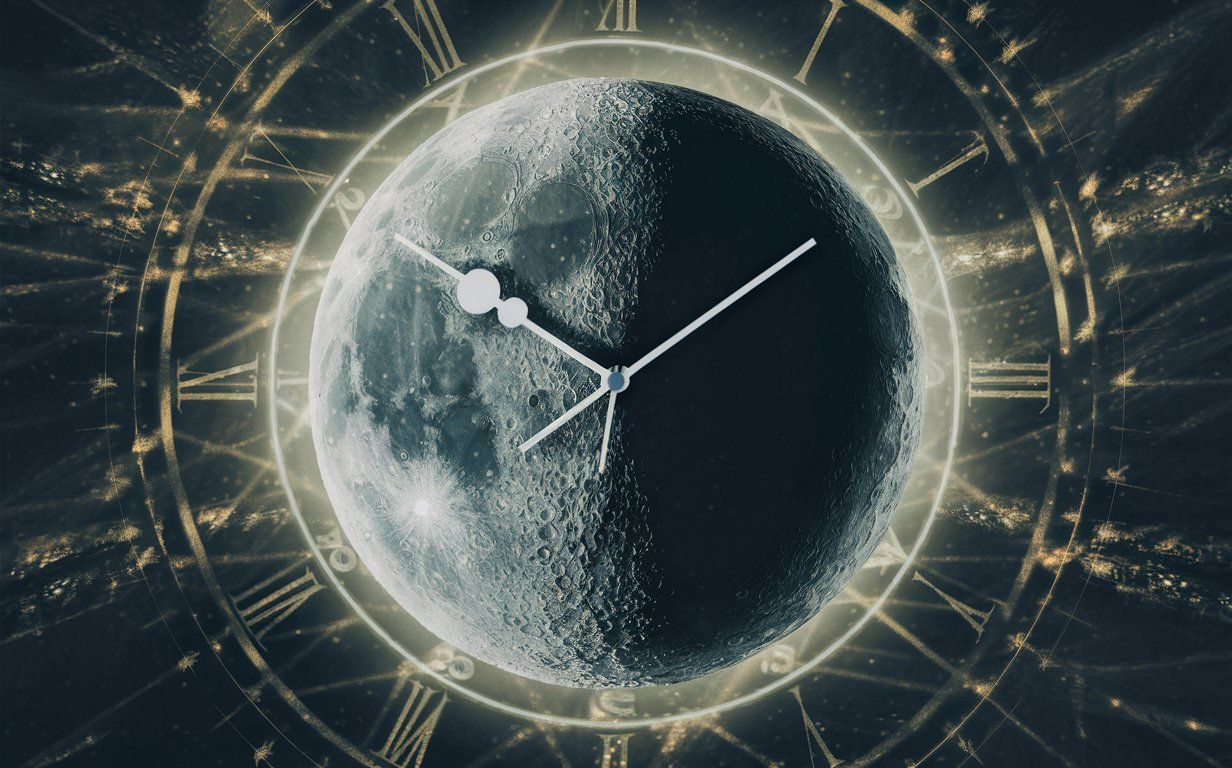Follow us on Google News (click on ☆)

But why a lunar time zone? Simply because time doesn't flow the same way on the Moon as it does on Earth. Due to the Moon's weaker gravity, weaker than the Earth's, time is slightly sped up there, showing a difference of 58.7 microseconds each day compared to our terrestrial days.
Although small, this difference can disrupt the precise maneuvers of spacecraft and satellites orbiting the Moon. Kevin Coggins, head of NASA's space communication and navigation program, explains that Earth clocks would run at a different speed on the Moon.
With fully computer-controlled space missions now a reality, unlike during the Apollo missions, establishing the CLT has become a crucial step in preparation for future lunar missions.
Following the Artemis 1 test flight, which saw NASA's Orion capsule make an uncrewed round trip to the Moon in November 2022, the space agency plans to send humans into orbit around the Moon in 2025 and then land on its surface in 2026. These missions will mark significant milestones in the ultimate ambition of the Artemis program: bringing humans to Mars.
With more countries and companies getting involved in new lunar missions, time standardization becomes all the more critical. As Coggins emphasizes, the atomic clocks of the United States Naval Observatory in Washington are the "heartbeat of the nation," synchronizing everything that needs to be synchronized. A similar "heartbeat" will be necessary for operations on the Moon, ensuring coordination among different missions and spacecraft.
This ambitious project of "Coordinated Lunar Time" highlights the growing importance of the Moon in future space exploration and lays the groundwork for an extended human presence in space, paving the way for farther interplanetary travel.